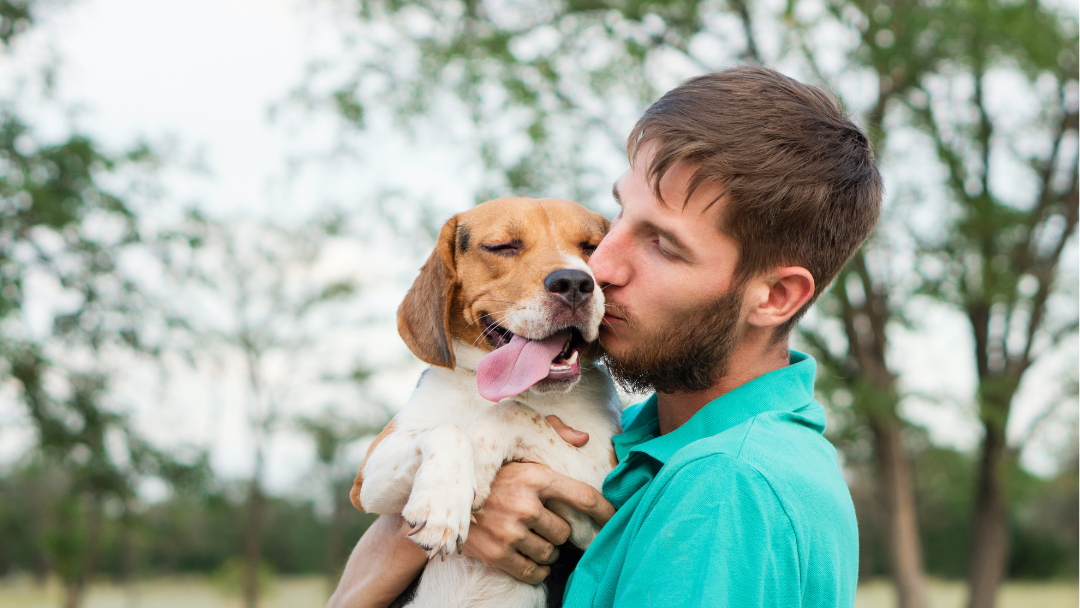What do we do when faced with a threat?
When we’re faced with a threat, in a split second, beyond our awareness, our primal brain instinctively determines the stress response that gives us the best chance of living.
Your primal brain determines which one will give you the best chance of survival:
Flight response
Example – If someone walking home one night senses they are being followed, they might start walking faster or cross the street to get away.
Emotional and physical signs: Anxiety, restlessness, fidgeting, avoidance, quicker breathing, wanting to escape the situation.
Fight response
Example – Someone in an argument might raise their voice, clench their fists, or get aggressive as a way to defend themselves.
Emotional and Physical Signs: Anger, irritability, increased heart rate, tense muscles, or pacing.
Freeze response
Example – During a traumatic or overwhelming event, someone might feel unable to move or speak, or feel paralysed by fear.
Emotional and physical signs: Feeling numb or detached, having a blank stare, have difficulty making decisions, shallow breathing, or feel unable to act.
Collapse response
Example – In a situation of extreme stress or abuse, someone might become passive or dissociate to get through the situation, like a victim of chronic domestic violence who submits to avoid further harm.
Emotional and physical signs: Loss of energy, faintness, dissociation, feeling helpless, collapsed posture, or giving up in the face of danger.
To better understand why we have these responses, let’s venture back in time to when saber-toothed tigers roamed the earth. Our stress responses evolved from the primal brain structure developed during that era, known as the reptilian brain.
Imagine a saber-toothed tiger stalking a young deer, slowly creeping closer for the kill. The moment the fawn sensed it was being hunted, its primal brain kicked in instinctively to figure out the best survival strategy.
The brain prioritises the most effective survival strategy and only resorts to less effective ones if necessary. It begins with flight, because it will result in the least amount of injury if successful.
In some situations, the fawn might have had a chance to outrun the tiger (flight), but this time it was too close. Fighting back would have been useless, as the fawn wouldn’t have stood a chance against the tiger. If the fawn had sensed the tiger before being seen, freezing could have been a useful response, because the tiger might have walked by without noticing it. But that wasn’t the case. So, the only option left for the fawn was to collapse or play dead. Since tigers prefer fresh meat over prey that is already dead, the tiger might have overlooked what it thought was a lifeless body.
What does this have to do with human stress responses?
Since I specialise in treating adults who have experienced childhood trauma, I will explain this from that perspective.
When adults dissociate, they are usually doing it because it’s a coping strategy they learned as a child. So I’ll start by looking at why children dissociate.
Childhood relational trauma usually happens within relationships with parents or other significant caregivers. Because the trauma occurs between a child and an adult, the child has very little control due to the power difference. Often, they can’t use their flight response (like running away or escaping), they can’t fight back (physically or verbally stop the abuse), and freezing doesn’t help either. So a collapse response is their only option. For a child, playing dead doesn’t make sense, so the adaptive response in the human world is dissociation.
Why does a child dissociate?
When escape from trauma isn’t possible, children instinctively discover that their minds can escape. Dissociation is when a person disconnects from themself and what they are feeling to varying degrees.
How dissociation shows up in the therapy room
Most commonly, people tell me they feel light headed, dizzy or ‘floaty’. I often ask them to feel their back and legs against the chair and feel their feet on their floor. Often, during this process, people can’t feel their limbs well (this is because during dissociation all the blood rushes from the limbs to vital organs). Sometimes it is difficult for people to find their words (the language centers have shut down).
How do you feel grounded again?
There are two things:
- Get blood flowing back into your limbs. Wiggle your toes, gently tense the muscles in your legs and arms, rub something textured with your fingers (your pants or chair is fine), play with a fidget, gently move your body.
- The why of this is for a longer post, but connect with someone or something. If you have a pet close by, hug it, pat it, play with it. Call a good friend and talk to them. Hug your partner or house mate. Imagine your child/pet/friend/partner/imaginary other was there and hug them. Put a hand on your heart and feel the warmth of it. Connection reverses dissociation.

